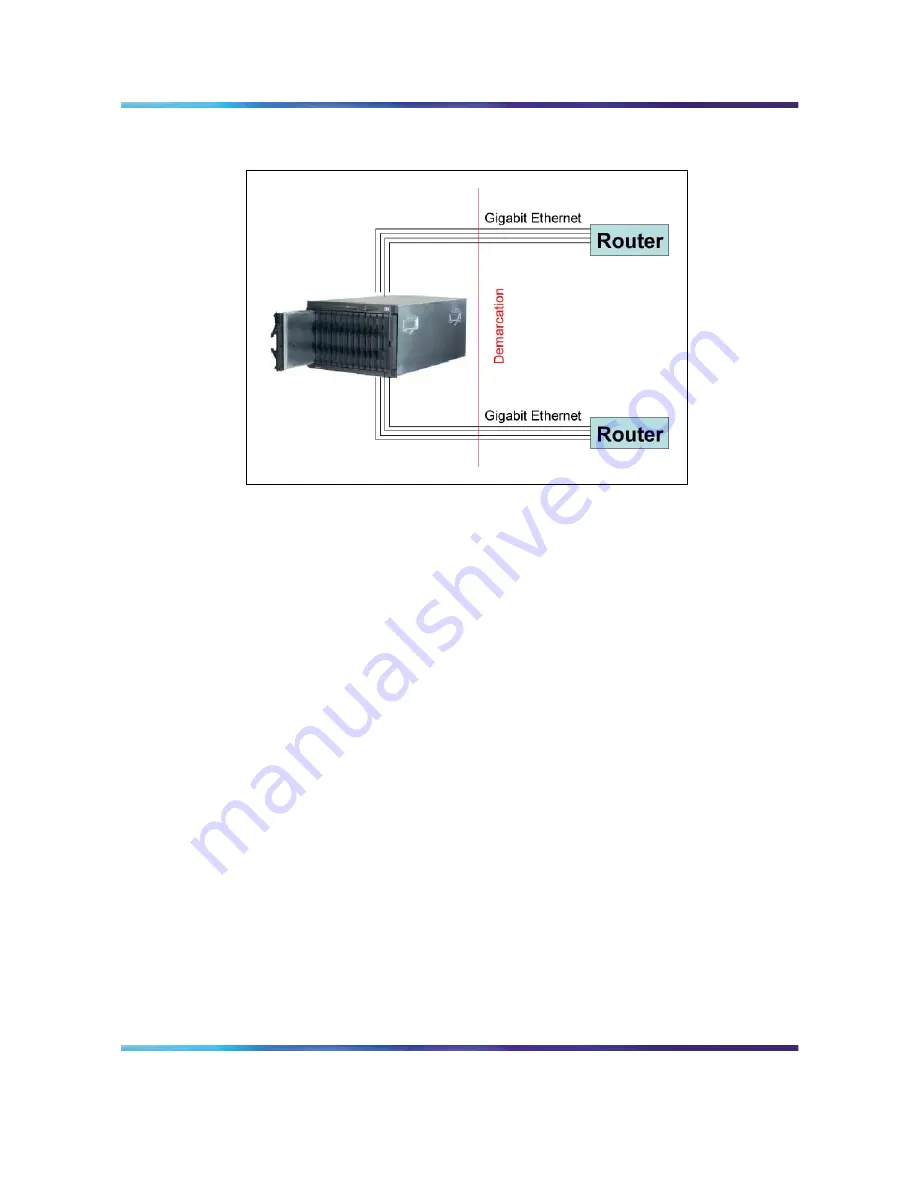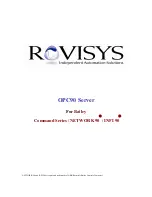
102
Network considerations
Figure 39
IBM eServer BladeCenter or BladeCenter T network connectivity
The Ethernet Switch Module (ESM) is responsible for enabling
communication between the individual IBM HS20 blade server hosts and
the external network. The large-system Media Application Server contains
two ESMs for proper link redundancy.
Note: Although two ESMs are installed and connected to the network,
only one ESM is active at any given time. The second ESM is for
hardware redundancy only and is on standby until the first ESM fails.
An active ESM is defined as an ESM that has traffic passing through
it. Specifically, when ESM1 and ESM2 are both installed, ESM1 is the
default active ESM. ESM2 is a redundant standby ESM that become
active only if or when ESM1 fails. As long as ESM1 is active, no traffic
pass through ESM2.
The ESM provides four external Gigabit Ethernet ports. The ports on each
ESM must be spread across the available external network routers for
maximum redundancy. There are two basic modes in which the large-system
Media Application Server platform can be cabled, or configured.
•
Multilink trunking (MLT) is a Nortel method for link aggregation allowing
multiple Ethernet links to be aggregated as a single logical trunk,
terminating at a single aggregation switch (for example, a Passport
8600).
•
Split multilink trunking (SMLT) is defined as an MLT that terminates on
two different aggregation switches, providing nodal redundancy with
failover at the switches.
Nortel Media Application Server
Media Application Server Planning and Engineering
NN42020-201
01.04
Standard
4.0
27 July 2007
Copyright © 2007, Nortel Networks
.
















































